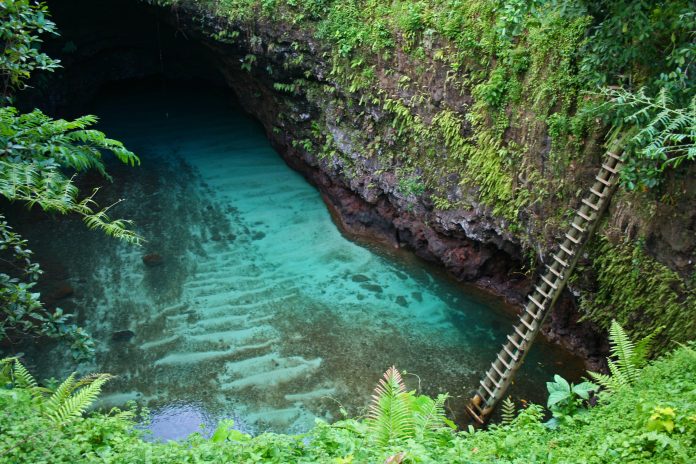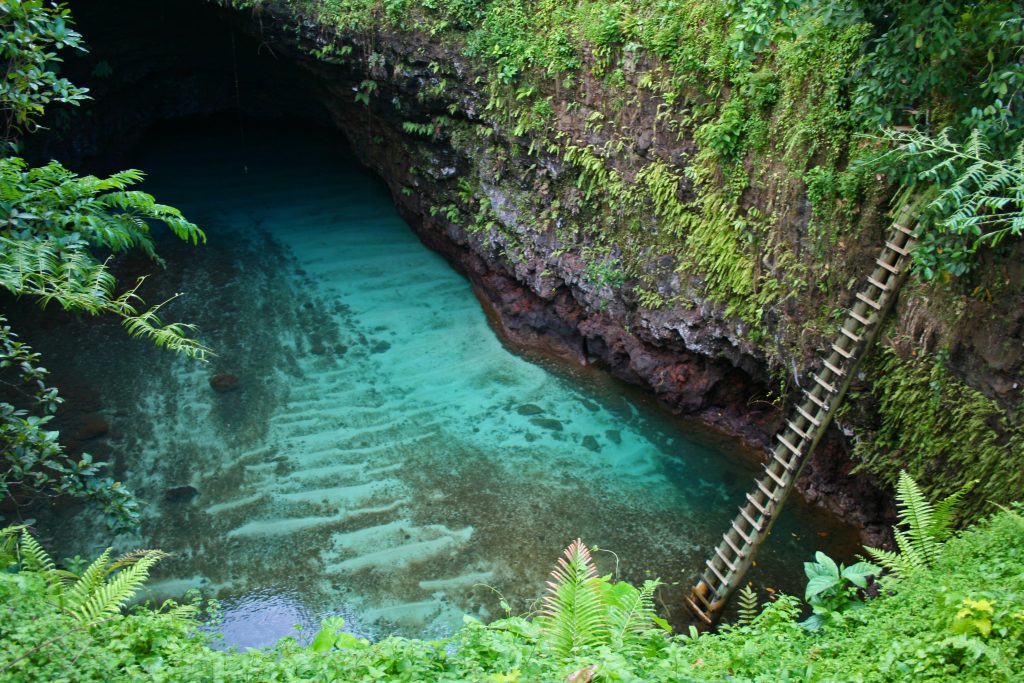
At almost 31,000 feet under the surface, where sunlight is a distant memory and pressures would kill a submarine, researchers have discovered animal communities living on chemical energy, not the Sun. The find, in the Kuril–Kamchatka and Aleutian trenches, is not just a demonstration of the strength of life but also a revelation that forces a rethinking of global carbon cycling and the limits of habitability on Earth.

1. The Deepest Chemosynthetic Communities Ever Recorded
uring summer 2024, scientists on board the RV Tan Suo Yi Hao, operating the full-ocean-depth submersible Fendouzhe, plunged into the abyssal depths of the North Pacific. What they encountered was unheard of: thick matrices of chemosynthetic animals, such as foot-long tubeworms and mollusks, thriving at depths of 9,533 meters the deepest known such ecosystem. Here we describe the discovery of the deepest and the largest chemosynthesis-based communities known to occur on Earth during an expedition to the Kuril–Kamchatka Trench and the west Aleutian Trench, the research group wrote. These places, with such picturesque names as Icy River, Cotton Field, and Wintersweet Valley, showed not only flourishing animal life, but also the subtle interplay of geology and biology that supports them along a 2,500-kilometer traverse of trench floor.
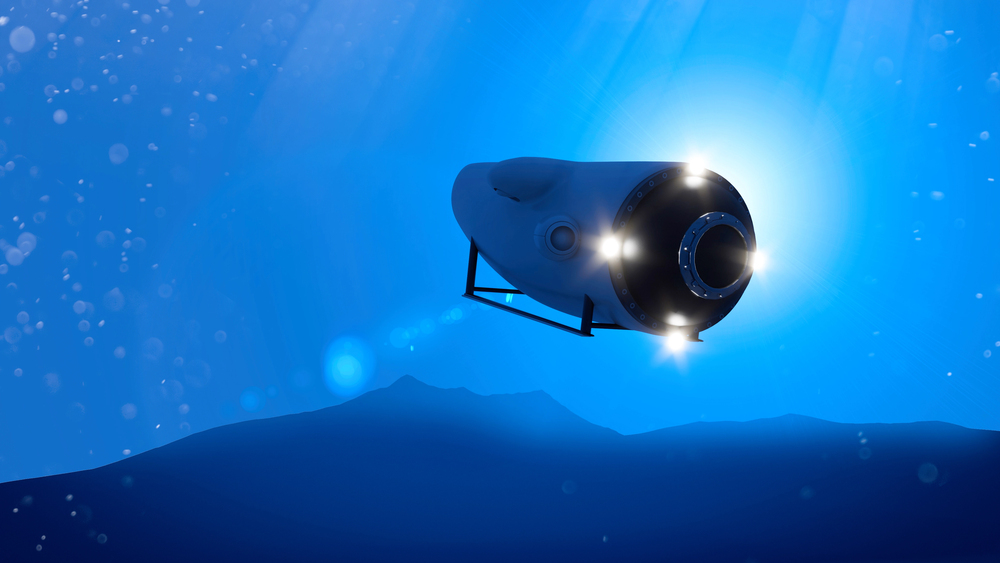
2. Engineering the Exploration: Hadal Submersibles and Sampling
All this would be impossible without advances in deep-ocean engineering. The Fendouzhe submersible, which can dive as deep as almost 11,000 meters, has hydraulically actuated manipulators and high-definition video cameras, facilitating the precise sampling and photographing in such extreme conditions. Sediment pushcores, gas-tight vials, and Rhizon samplers provide facilities for obtaining pore water, gases, and living specimens while preserving in situ conditions. “Arms effectively retrieved the samples and stored them safely in a biological box and a geological box of the vehicle,” expedition records specify. Onboard laboratories analyze such samples right away, maintaining fragile chemical gradients and microbial communities for later analysis using techniques like high-temperature catalytic oxidation and isotope ratio mass spectrometry.
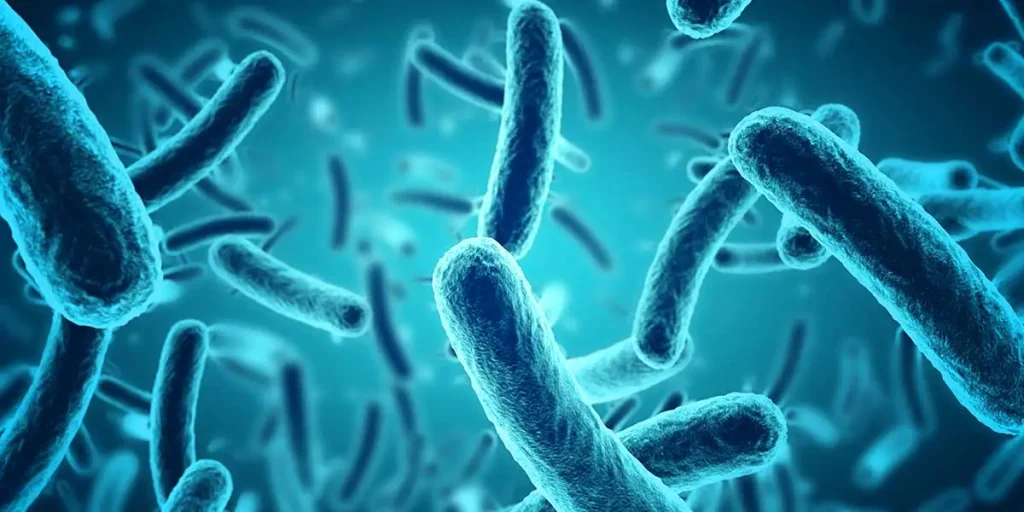
3. Microbial and Geochemical Engines of Life
Chemosynthetic microbes are at the center of these ecosystems, which take methane and hydrogen sulfide seeping from seeps in the geology and turn them into organic substances. These microbes create the foundation of a food web upon which tubeworms and clams are supported, as well as diverse collections of polychaetes, gastropods, and heterotrophic animals. The symbiotic existence is complex: tubeworms have no mouths or digestive tracts in adult form and depend completely on symbionts that live internally, contained in specialized organs. The host supplies necessary gases, while the bacteria oxidize sulfide and carbons fix through both the Calvin–Benson–Bassham cycle and the reductive tricarboxylic acid cycle, producing sugars that power the metabolism of the animal and allow survival at crushing pressure and toxic levels.
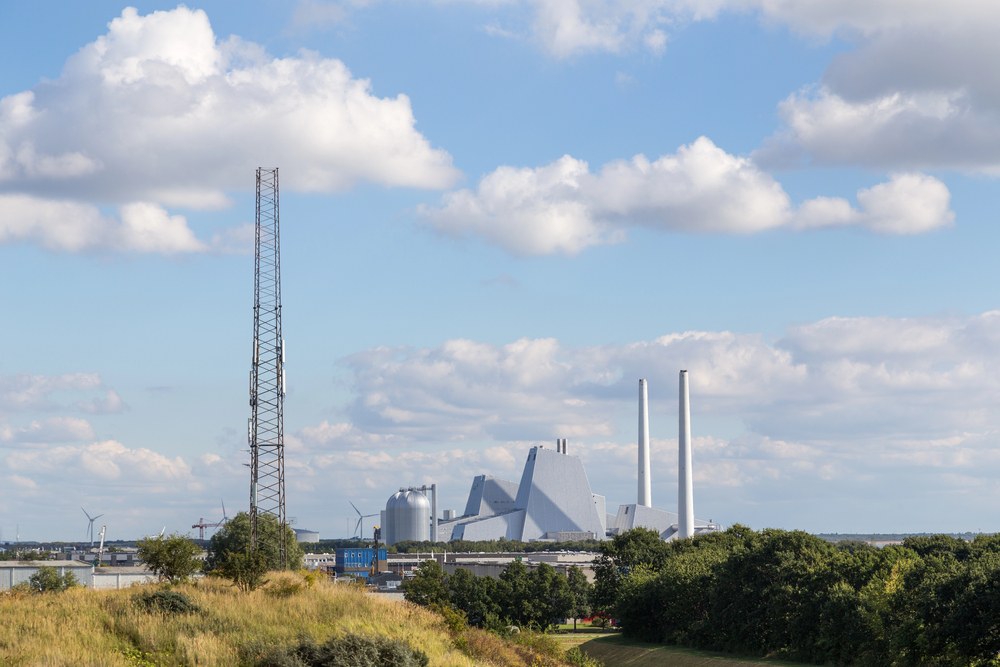
4. Hadal Trenches as Carbon Funnels and Sinks
The V-shaped shape of hadal trenches serves as a worldwide carbon funnel, directing organic matter both from surface productivity and in situ chemosynthesis into deep sediments. Recent research indicates that black carbon accumulation rates in hadal trenches are 0.29 ± 0.15 g m−2 yr−1 on average, seven times greater per unit area compared to the global ocean average. The hadal zone is a significant, but hitherto undescribed sink for the BC in the deep ocean,” scientists concluded. Mass-wasting and accelerated sedimentation may be caused by episodic events like earthquakes, which would also promote carbon burial and exclude labile organic matter from oxidation for thousands of millennia.
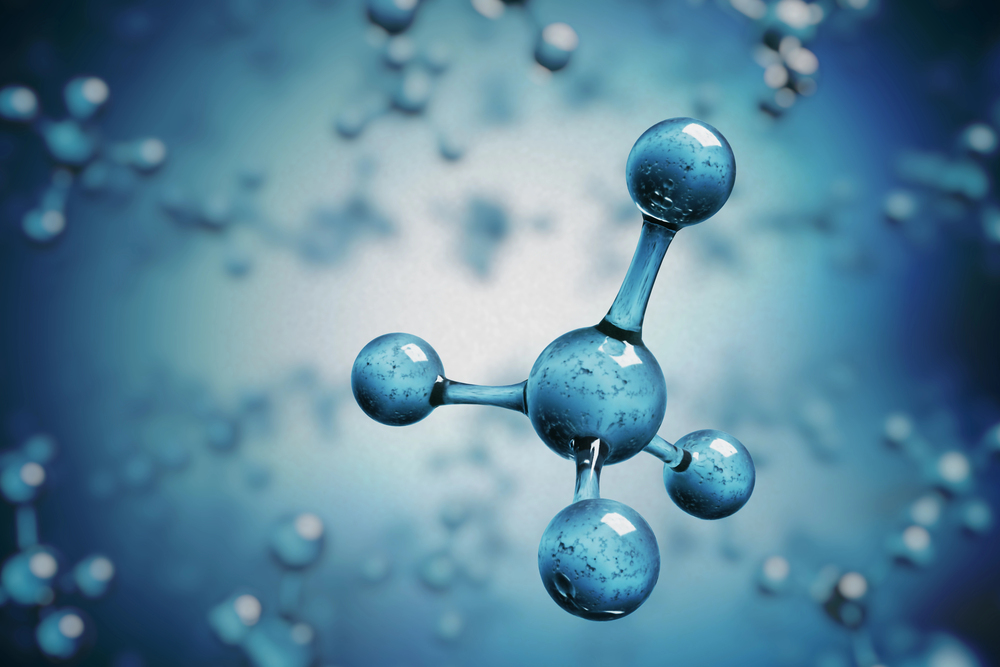
5. Methane, Methanogenesis, and Hydrate Reservoirs
Geochemical profiles indicate anomalously high levels of methane and the possibility of gas hydrate formation in these trenches. Below the sulfate-methane transition, microbial assemblages facilitate intense methanogenesis, with as much as 38% of dissolved inorganic carbon being reduced to methane in Japan Trench sediments. The resultant methane may be trapped as hydrates or oxidized by other microbes, with implications for both the carbon and sulfur cycles.
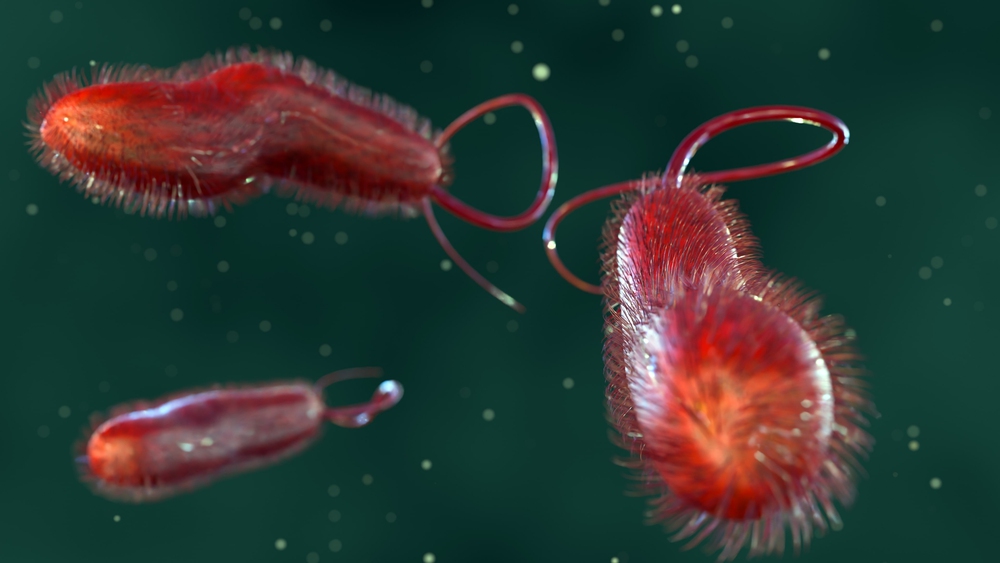
“Evidence for the widespread methane-rich habitats in two hadal trenches, where microbial reduction of CO2 derived from sedimentary organic matter is presumably responsible for the formation of methane, indicates a dynamic and active microbial community in the hadal sediments,” the study says. This deep biosphere could be a large, previously underestimated reservoir of energy and carbon within subduction zones.

6. Ecological and Evolutionary Insights from Symbiosis
Comparative genomic analyses of hydrothermal vent, cold seep, and hadal mud symbionts from tubeworms indicate a high variability of metabolic strategies and adaptive processes. Genome comparisons demonstrate that symbiont diversity is mainly driven by host species rather than habitat, with highly conserved functional genes for sulfur metabolism. Siboglinid symbionts display functional metabolic variety, including chemical autotrophic activity in carbon, nitrogen, and sulfur metabolism, hydrogen oxidation, and a chemoorganotrophic capacity to use different amino acids, cofactors, and vitamins, one study documents. Such adaptations are essential for life at high pressure, low temperature, and chemical extremes in the hadal zone.
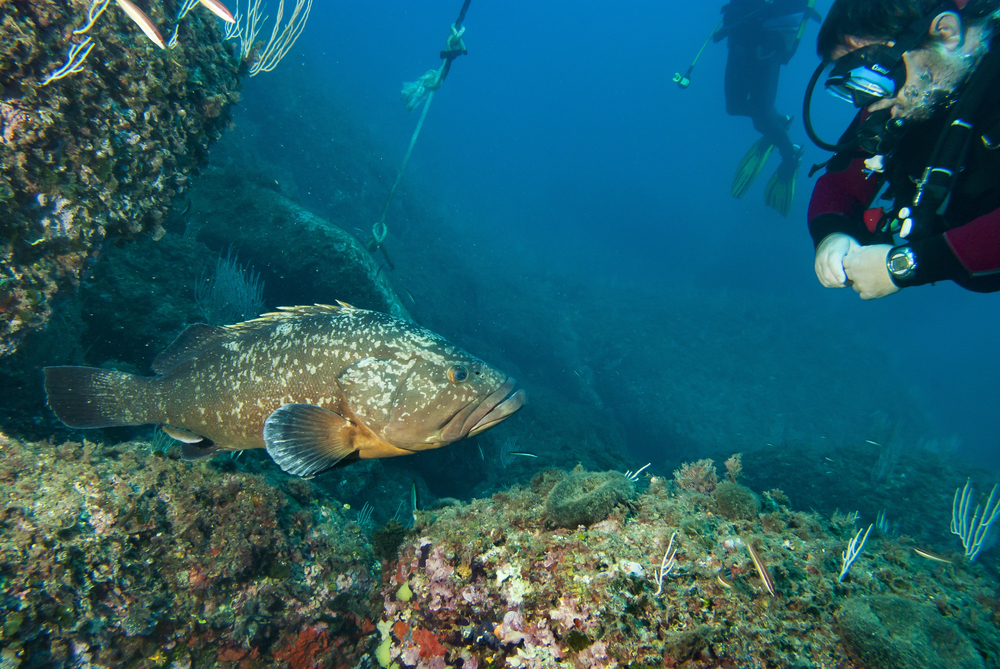
7. Integrating Hadal Processes into Global Carbon Models
The implications of these findings run far beyond marine biology. Hadal processes chemosynthetic production, carbon burial, methane cycling are increasingly accepted as fundamental parts of the global carbon cycle. “These results highlight the intricate character of carbon cycling at the deep seafloor and emphasize the vital importance of incorporating hadal processes into models of global carbon to allow for better predictions of carbon dynamics and climate change responses on geological timescale,” the research team highlighted. The hadal region, which covers only 1% of the ocean floor, can potentially represent almost 9% of black carbon burial in the global marine environment, something that calls for an urgent overhaul of current models and climate projections.
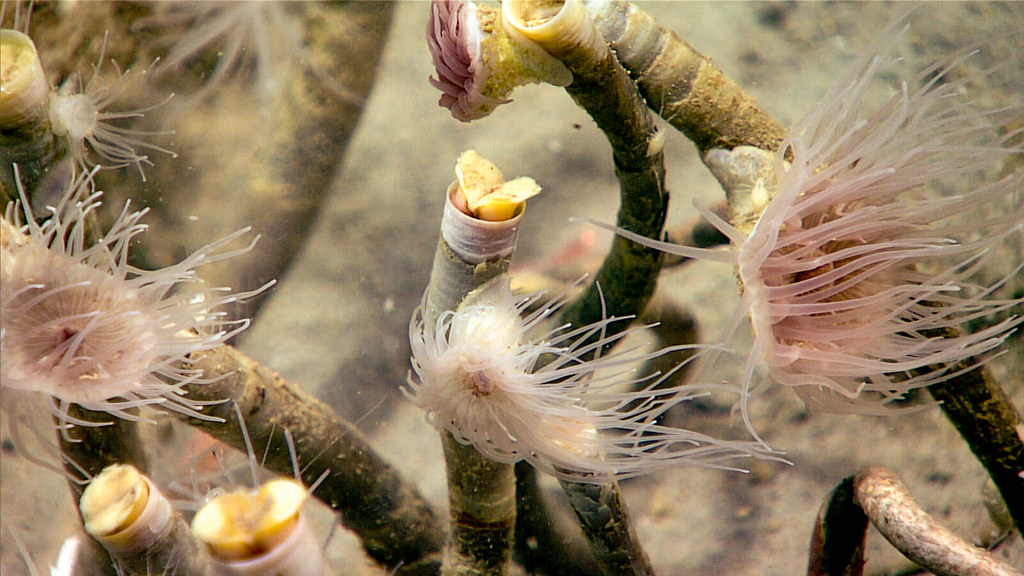
The finding of healthy chemosynthetic animal communities thriving at such depths not only pushes back the known limits of life but also exposes the hadal trenches as dynamic biogeochemical transformation engines, revolutionizing our conception of the ocean’s contribution to Earth’s carbon balance.
